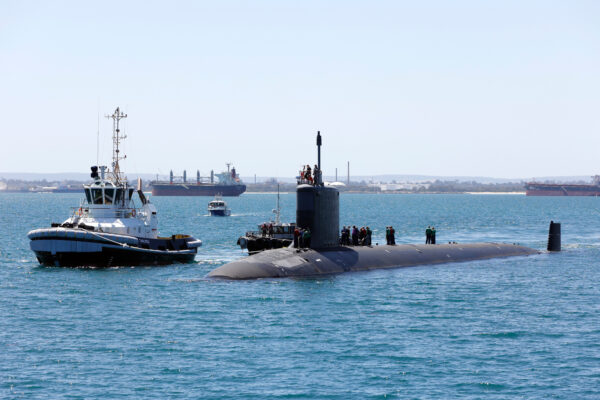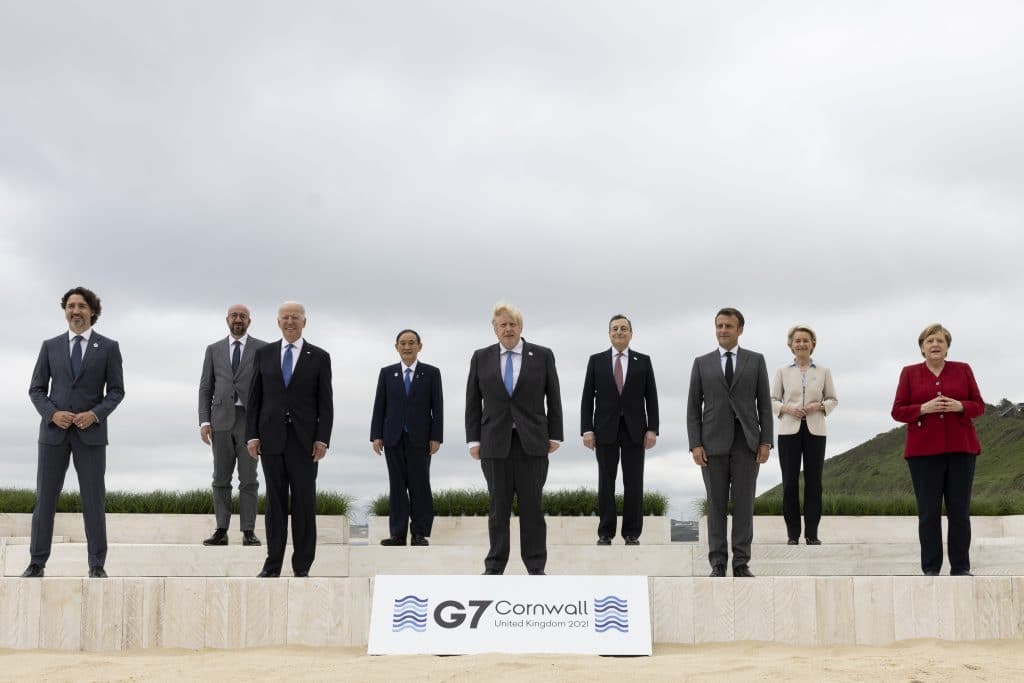The warning comes from Weld Australia, the national body for the welding industry.
The AUKUS nuclear-powered submarine program is at serious risk of collapse as the US and Australia grapple with a shortage of welders, says Geoff Crittenden, CEO of Weld Australia.
“This is not just a workforce challenge. It’s a full-blown capability crisis. The US doesn’t have enough welders to meet its own naval needs, let alone build submarines for Australia. If we don’t address this issue now, AUKUS will fail.”
US President Donald Trump has ordered a review of the program as he seeks to re-build American naval shipbuilding capability ahead of allied countries like Australia.
Crittenden says the US is making just 1.2 submarines a year but it has to make 2.3 a year just to meet its own needs and that a key issue cited by them is a chronic shortage of welders.
He says estimates from the American Welding Society state that the US needs to fill 330,000 welding positions by 2028 (an average of 82,500 vacancies every year) and that the situation is equally dire in Australia.
“Right now, 50% of Australia’s welding workshops are running at 80% capacity or less, and the overwhelming reason is a lack of skilled labour,” Crittenden says.
“We’ve been raising this red flag for over a decade. The fact that nothing substantive has been done is beyond frustrating. It’s dangerous.”
He describes the current situation as “a perfect storm” and that investment in training is just as important as ships and steel.
“We estimate that Australia will be at least 70,000 welders short by 2030. Without immediate action, the project is doomed to delays, cost blowouts, or worse,” Crittenden says.
“You cannot build nuclear submarines without highly skilled welders. This deal was never just about hardware. It’s about people. Right now, Australia and the US are facing a critical skills deficit.”

VET FUNDING BOOST ‘NEEDED’
Crittenden says that they would like to see a national strategy to address the national welding workforce shortfall.
This would include more spending on TAFE and overhauling its national welding course and curriculum, and setting up a shipbuilding welding academy.
“There is an overwhelming need to invest in Australia’s under-funded and outdated VET system,” he says.
“The fact that the national TAFE welding curriculum hasn’t been updated since 1995 is a major challenge — it no longer reflects industry needs.”
Crittenden claims graduates are entering the workforce without the required skills to read a welding procedure, set up a welding machine or even weld according to Australian Standards.
He welcomes the Australian Submarine Agency decision to build a submarine training facility in South Australia but says that is half the battle.
“The reality is, we’re starting from behind — if we don’t get the workforce planning right, this investment risks falling short,” he says.
“The gap is clear. We need more skilled welders. The time to act is now.”
“If we want sovereign capability, we have to build it, not import it,” says Crittenden.
“This deal isn’t just about submarines; it’s about national security. You can’t build that on empty promises and an empty workforce.”
WHO IS WELD AUSTRALIA?
Weld Australia is the national representative body for welders. Members comprise of individuals and companies. Its stated primary goal is to ensure Australia’s welding industry remains locally and globally competitive. Weld Australia is also the Australian representative member to the International Institute of Welding (IIW). Details: www.weldaustralia.com.au. Source: Weld Australia






